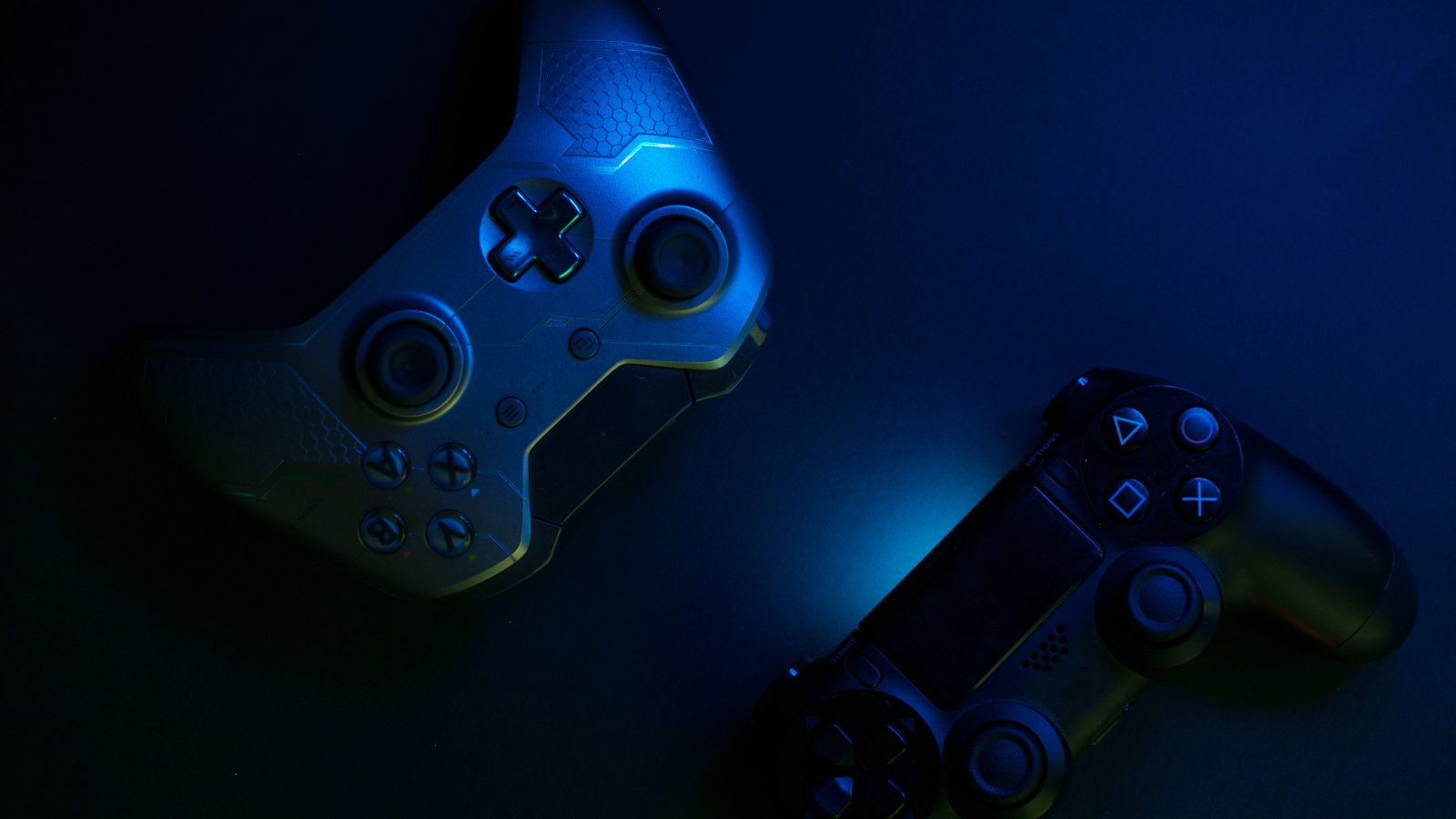Artificial Intelligence has revolutionized the way we interact with technology. With AI, we can now generate text, images, and even videos with minimal human intervention. There are numerous AI models out there that offer unique features and functionalities. In this article, we will compare three popular models: Stable Diffusion, Midjourney, and DALL·E2.
Introduction
Stable Diffusion, Midjourney, and DALL·E2 are AI models developed by OpenAI, a research organization dedicated to advancing AI in a safe and beneficial way. Stable Diffusion and Midjourney were both introduced in 2021, while DALL·E2 is an updated version of the original DALL·E model that was released in 2020.
What is Stable Diffusion?
Stable Diffusion is a generative model that uses the diffusion process to generate images. It is an extension of the Diffusion Probabilistic Models (DPMs), which are a family of models that generate images by diffusing noise. Stable Diffusion is designed to generate high-resolution images with fewer artifacts compared to DPMs and can be accessed without the need for downloads using a stable diffusion online generator
What is Midjourney?
Midjourney is a generative model that generates images by predicting the intermediate steps between the input and output images. It uses a deep neural network that is trained to reconstruct the intermediate steps. Midjourney is designed to generate images that are faithful to the input image while also being novel.
What is DALL·E2?
DALL·E2 is an updated version of the original DALL·E model that was introduced in 2020. It is a generative model that can generate images from textual descriptions. DALL·E2 can generate images that are more complex than those generated by the original DALL·E model. It can also generate images with more precise details.
How do they differ?
Stable Diffusion, Midjourney, and DALL·E2 differ in their approach to generating images. Stable Diffusion generates images by diffusing noise, Midjourney predicts the intermediate steps between input and output images, while DALL·E2 generates images from textual descriptions. Each model has its strengths and weaknesses, and the choice of model depends on the task at hand.
Applications of Stable Diffusion
Stable Diffusion has numerous applications, including image synthesis, video prediction, and image restoration. It has also been used for creating high-resolution images of galaxies and black holes.
Applications of Midjourney
Midjourney has been used for generating realistic-looking images from noisy input images. It has also been used for image restoration and inpainting. Midjourney has shown promising results in the field of medical imaging, where it has been used to enhance low-resolution medical images.
Applications of DALL·E2 DALL·E2 has numerous applications, including graphic design, product design, and video game development. It can be used to generate images for advertisements, logos, and book covers. It has also been used for generating images for scientific research.
Which model should you choose?
Choosing the best model among Stable Diffusion, Midjourney, and DALL-E2 depends on the specific use case. If you need a stable and diverse image generation model, Stable Diffusion would be a good choice. If you need high-resolution images with fine details, Midjourney would be a better option. On the other hand, if you want to generate high-quality and diverse images, DALL-E2 would be the recommended choice. It is worth noting that DALL-E2 is a newer model and has shown impressive results, but it may also require more computing resources compared to the other models. Therefore, it is important to consider factors such as computational requirements, image quality requirements, and specific use case when deciding which model to choose.










Leave a Reply